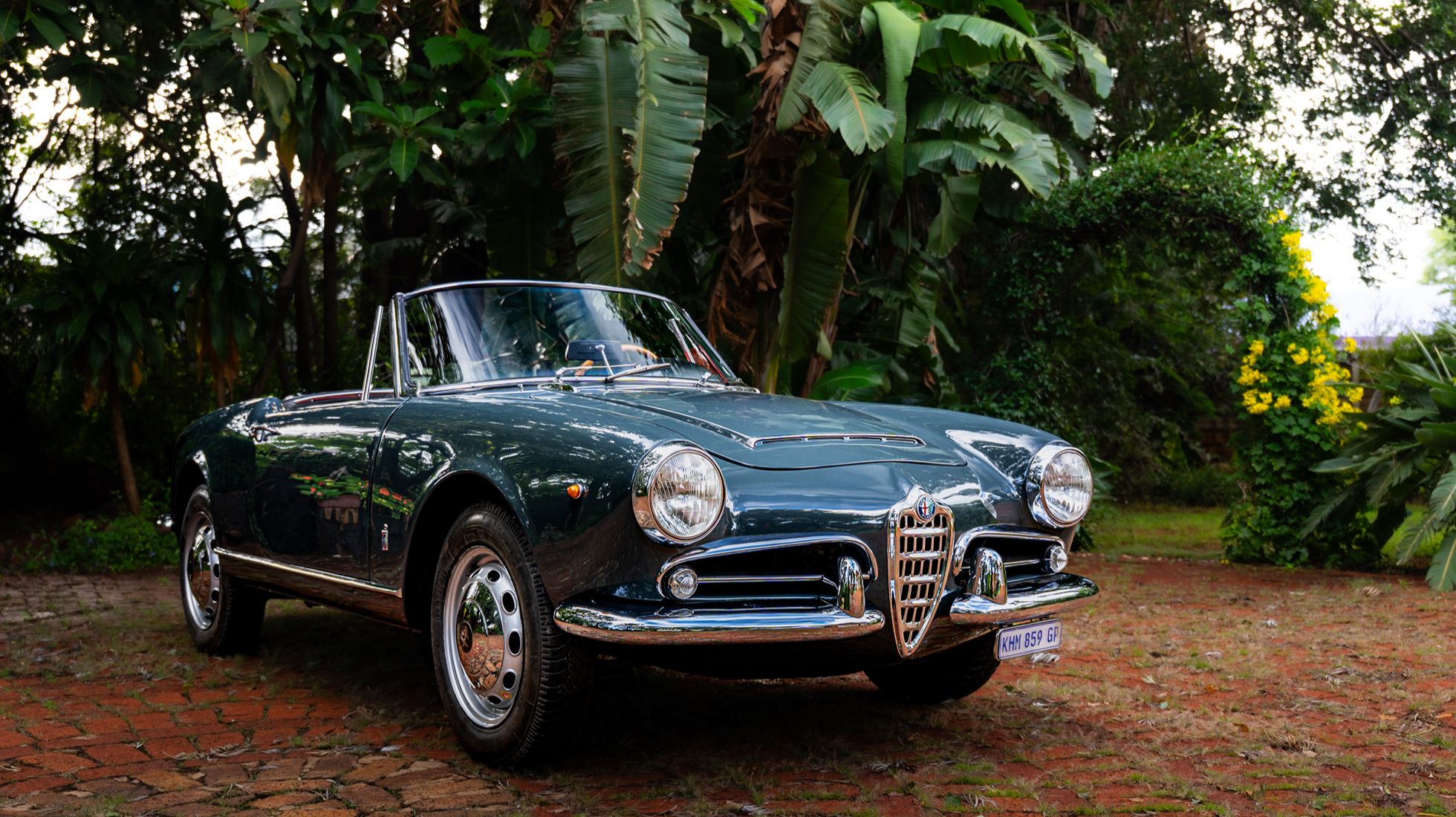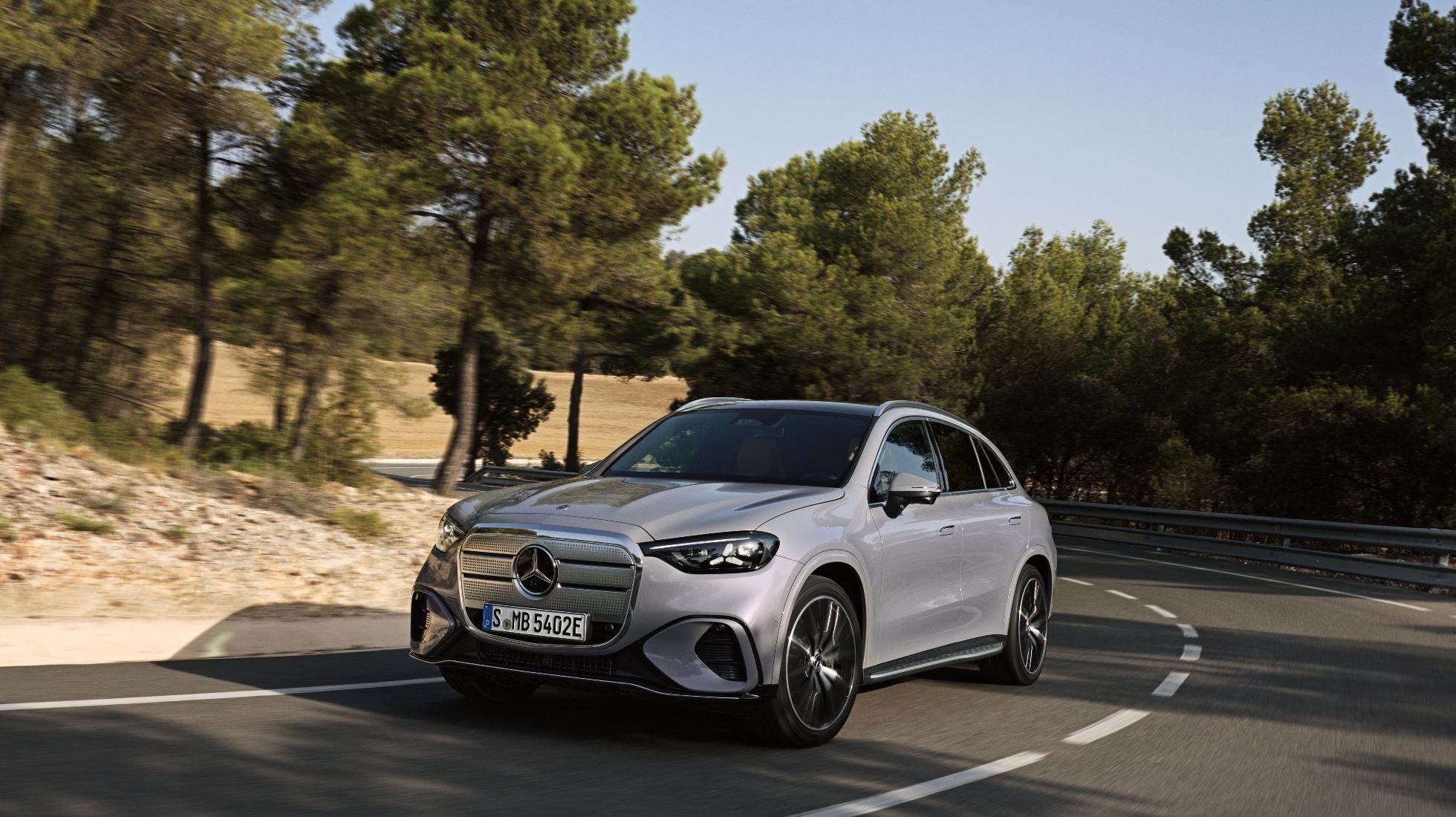Remember Tata? It’s coming back to Mzansi
It’s not unusual for carmakers to step into the market, enjoy a few years in the spotlight, and then quietly slip away. We’ve seen it happen with Chery, Geely, Citroën, and Proton, just to name a few. And when they do make a comeback, it’s often a strong one. Just ask Chery.
Now, Tata is the latest to announce its return to South Africa following a quiet exit from the passenger-car scene in 2019. The brand never left entirely; its commercial truck and bus division kept going through its international arm, but for regular drivers, it’s been a long absence. If you’ve been keeping tabs on motoring news you’ll remember models like the Bolt, the Indica, and the Xenon bakkie. Back then, Tata’s passenger cars had a mixed reputation. They were affordable, easy to run, and rugged enough for our roads, but they never quite matched the polish or desirability of their rivals. That made it tough to win over private buyers.
Speaking of its return, the Indian carmaker has appointed Motus Holdings Ltd as the exclusive distributor of its passenger vehicle range. It’s handled by the same group responsible for bringing Hyundai, Kia, Renault, and Mitsubishi to local roads. As for its product portfolio, Tata hasn’t shared the exact details of the models that are headed our way; however, it says we can look forward to compact hatchbacks, crossovers and high-performance SUVs.
That said, the Indian carmaker promises to also focus on local value creation by supporting employment across sales, service, parts distribution and technician training.
If the rumours are true and judging by what’s on sale in India, the marque could be bringing in the Tiago, a compact and affordable city hatchback (not to be confused with VW’s Taigo); the Altroz, a slightly more premium hatchback; the Punch, a B-segment crossover; the Curvv, a sleek coupe-styled mid-size crossover; and their bigger SUVs, the Harrier and the 7-seat Safari. The Harrier is aimed at compact crossover buyers, while the Safari offers more space for families and those who fancy road trips.
Tata’s re-entry into the local market feels like a calculated move to win market share among value-conscious buyers. With the right marketing and sharp pricing, the brand has a real shot at making waves. We see the 6-year break as a reset, time to go back to the drawing board, figure out what went wrong, and come back stronger. And as we’ve said before, plenty of brands have done it, and when they get it right the second time around, it’s a win for everyone.




.jpg)

.jpg)














